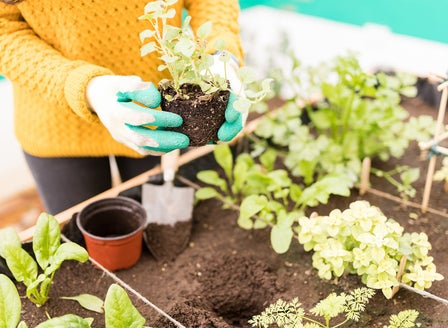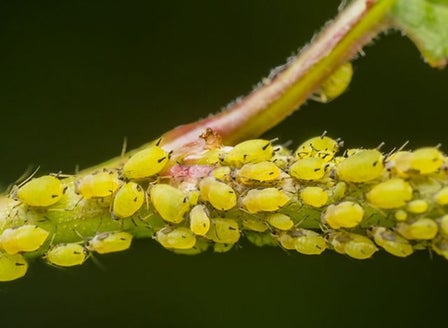The aromatic and unique flavour of garlic is used to enhance many different types of cuisine. Super versatile in the kitchen and a kiwi favourite, garlic is also a friend to many other garden veggies and flowers, making a good ‘companion plant’ helping to repel aphids.
Planting Calendar
Garlic bulbs are usually available in stores from late May and can be planted up until August.
Harvest In
180 Days
Garlic is harvested in the summertime, approximately 6 months after initial planting which is traditionally around the summer solstice (21st of December). Dig the bulbs up with a fork, leave to dry on the surface of the soil for a week, then dry in a cool, dark, and dry space for 2 - 4 weeks before eating to help the flavour develop.
Prepare
Position
Garlic likes to be in full sun and does best in free-draining soil that’s rich in organic matter. Ideally in a bed of its own as they do not like competition with weeds or other plants.
Soil
Having richer soil ensures that there are more nutrients available and increases water retention, helping your plants stay happy and healthy throughout the growing season. When planted into the ground Garlic likes a free draining soil that is rich in organic matter. To improve the organic content in your soil, break up the soil and add Kings Compost, Kings Sheep Pellets and some Kings Natures Organic Fertiliser then mix together well.
Plant
Garlic grows well in a warm, sunny spot in the garden or in large pots. Begin with breaking up the bulbs into small cloves with your hands. Place the cloves into the soil (at least 5cm below the ground) with the pointed end facing upwards. Leave around 15 - 20cm spacing between your bulbs so they have space to grow. To get the spacing right, lay the individual cloves out before planting. Once planted, shoots will appear after a month or so.
Care
Watering
Keep the soil just damp and water well, especially through the heat of summer. Overwatering may result in bulbs rotting.
Feeding
Feed with Kings Fast Food liquid fertiliser every three to four weeks through spring to ensure a good harvest. Stop feeding about one month before harvesting to ensure the bulbs have time to develop.
Protecting
Thrip can be a problem with Garlic. Wet the leaves when watering as Thrip like a dry hot environment.
Mulching
Mulching with pea straw will help stop the growth of weeds as garlic hates competition in the garden.
Spraying
If pests are a problem Spray with Neem oil.
General Care
When using sprays, chemicals or fertilisers always read the label and follow the instructions. Apply sprays in the evening to avoid harming beneficial insects.
Beginner Tip
Garlic does not like wet feet, so must have free draining soil. Too much water may result in lack of Bulb production.
Top Varieties

Printanor
With a deliciously mid-strong flavour, this garlic is great for home gardeners, but needs to be feed regularly for best results.

Elephant
With massive, mild, and delicious cloves, elephant garlic can be used like normal garlic or enjoyed in larger quantities. If you harvest the stem when they're small they are like asparagus and have a nutty, mild garlic taste. The small bulbils that form alongside the bulbs can be planted to bulk up production, although in the first year they will form a large, round undivided clove, which can be planted the following year to produce a proper bulb.
Frequently Asked Questions
Can I use garlic cloves from the supermarket?
It is best to use cloves from a garden centre, as those from the supermarket are treated so that they don't sprout quickly.
What are the black bugs on my garlic leaves?
These are Aphids and can be treated by spraying with Bugtrol.
I have tried to grow Garlic but the bulbs did not develop, why?
Garlic does not like a lot of water and this can often be the cause of this. Plant in a free draining soil and water sparingly.

